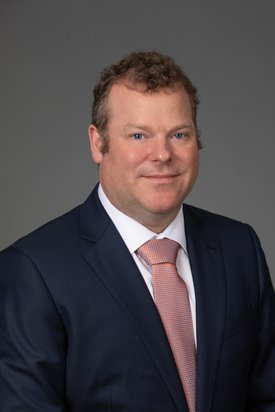
Duncan Brown
DEPARTMENTS
- Physics
Vice President for Research, Syracuse University; Charles Brightman Endowed Professor of Physics
CONTACT
-
263-1 Physics Building
Email: dabrown@syr.eduOffice: 315.443.5993
CV
Entries in the areas listed below (other than biography and books) are selections delimited to the last five years. Consult the faculty member’s biography, listed website(s) or CV for additional information.
